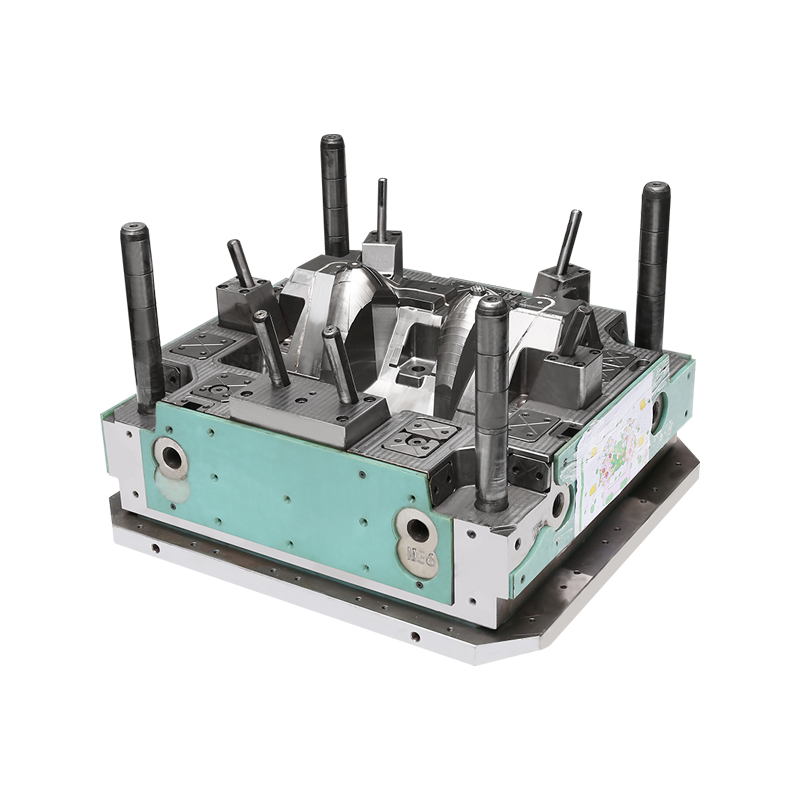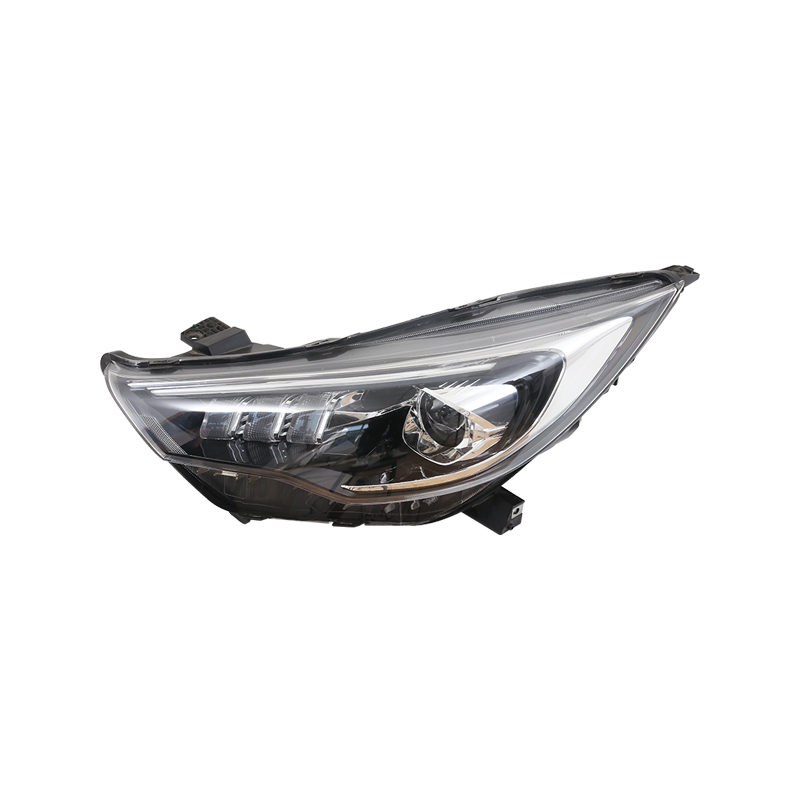Custom Car Body Side Moulding Moulds Manufacturer
The automotive industry has witnessed a remarkable transformation over the past century, and a significant part of this evolution can be attributed to the development of car body moulds. From the rudimentary wooden forms of early automotive history to the sophisticated steel and aluminium moulds of today, car body moulds have come a long way. This article will trace the historical development of car body moulds and explore how technological advancements have influenced their evolution, shaping the way we manufacture vehicles.
Historical Development of Car Body Moulds:
The journey of car body moulds began in the early days of the automotive industry when craftsmen used wood to create the moulds. These early car body moulds were labour-intensive and limited in precision, but they laid the foundation for what would become a critical component in vehicle production.
As the automotive industry grew, so did the demand for more efficient and precise car body moulds. The transition from wood to metal was a significant step forward, with steel becoming the material of choice for its strength and durability. Steel moulds allowed for the mass production of vehicles, a process that was further enhanced by the introduction of press technology. This development allowed car manufacturers to produce complex shapes and designs with greater accuracy and speed.
The Advent of High-Tech Steel and Aluminum Moulds:
The modern era of car body moulds is characterized by the use of high-tech steel and aluminium. These materials offer a combination of strength, lightweight properties, and corrosion resistance, which are essential for the performance and longevity of vehicles. The use of computer-aided design (CAD) and computer-aided manufacturing (CAM) has revolutionized the creation of car body moulds, enabling manufacturers to design and produce moulds with precision and complexity.
Technological Advancements and Their Impact:
The impact of technology on car body moulds has been profound. The advent of 3D printing, for example, has allowed for the rapid prototyping of moulds, reducing development time and costs. Additionally, simulation software has enabled engineers to test the structural integrity of moulds before they are physically produced, ensuring that they can withstand the pressures of the manufacturing process.
Another significant technological advancement is the use of robotics in the mould-making process. Automated systems can now perform many of the tasks that were once done by hand, increasing efficiency and reducing the potential for human error. This has led to a higher quality of car body moulds and, by extension, a higher quality of vehicles.
The Future of Car Body Moulds:
As the automotive industry continues to evolve, so too will car body moulds. The push towards electric and autonomous vehicles is driving the need for lighter, more efficient moulds that can accommodate new technologies. Materials science is also playing a role in this evolution, with researchers exploring new alloys and composites that can further reduce the weight of vehicles without compromising their structural integrity.
Car body moulds have come a long way from their wooden origins, and their continued development is a testament to the ingenuity of the automotive industry. As technology continues to advance, we can expect car body moulds to become even more sophisticated, driving innovation in vehicle design and production. The future of car body moulds is bright, and their role in shaping the vehicles of tomorrow is more critical than ever.

 English
English 中文简体
中文简体 русский
русский Español
Español








